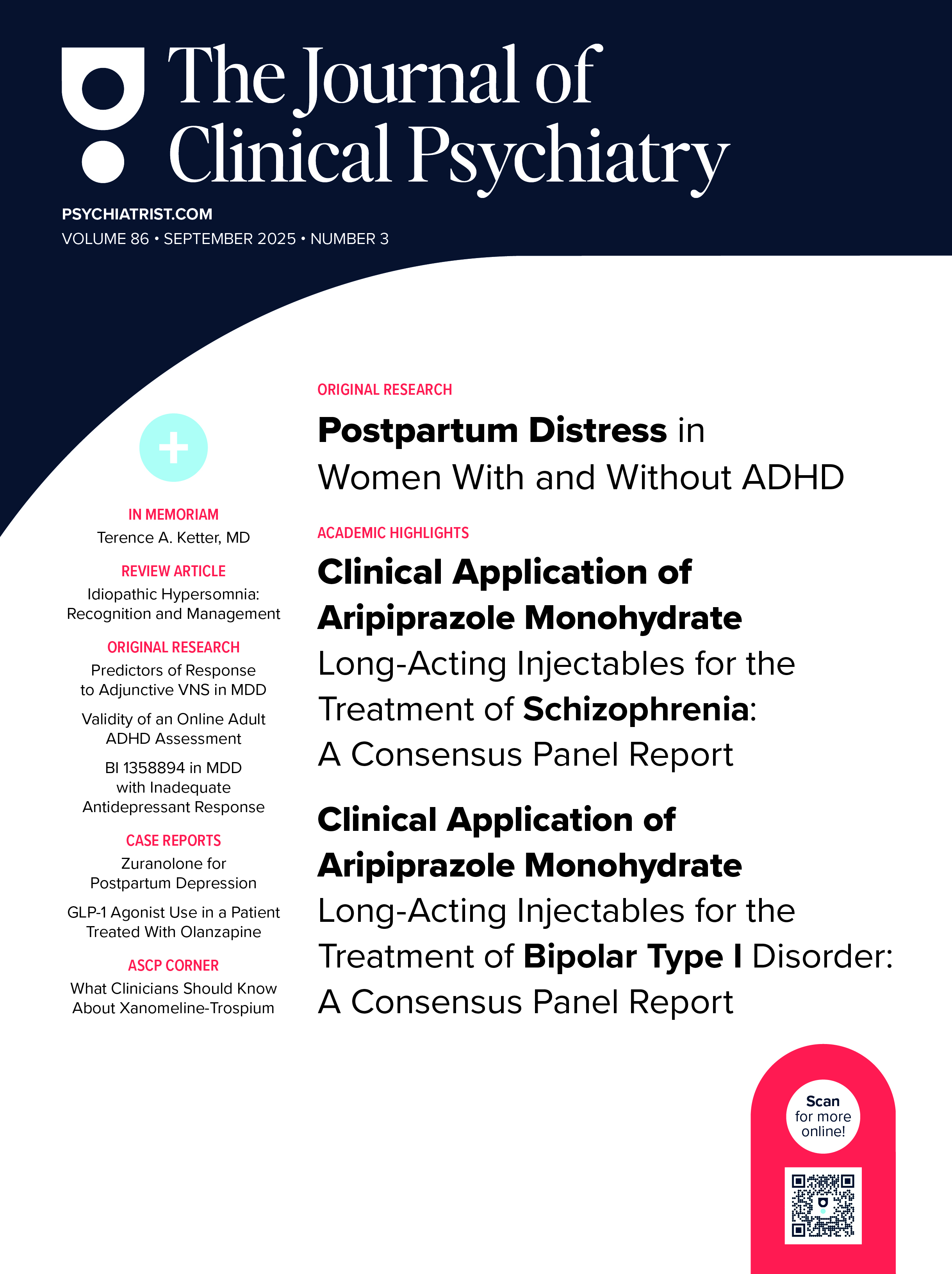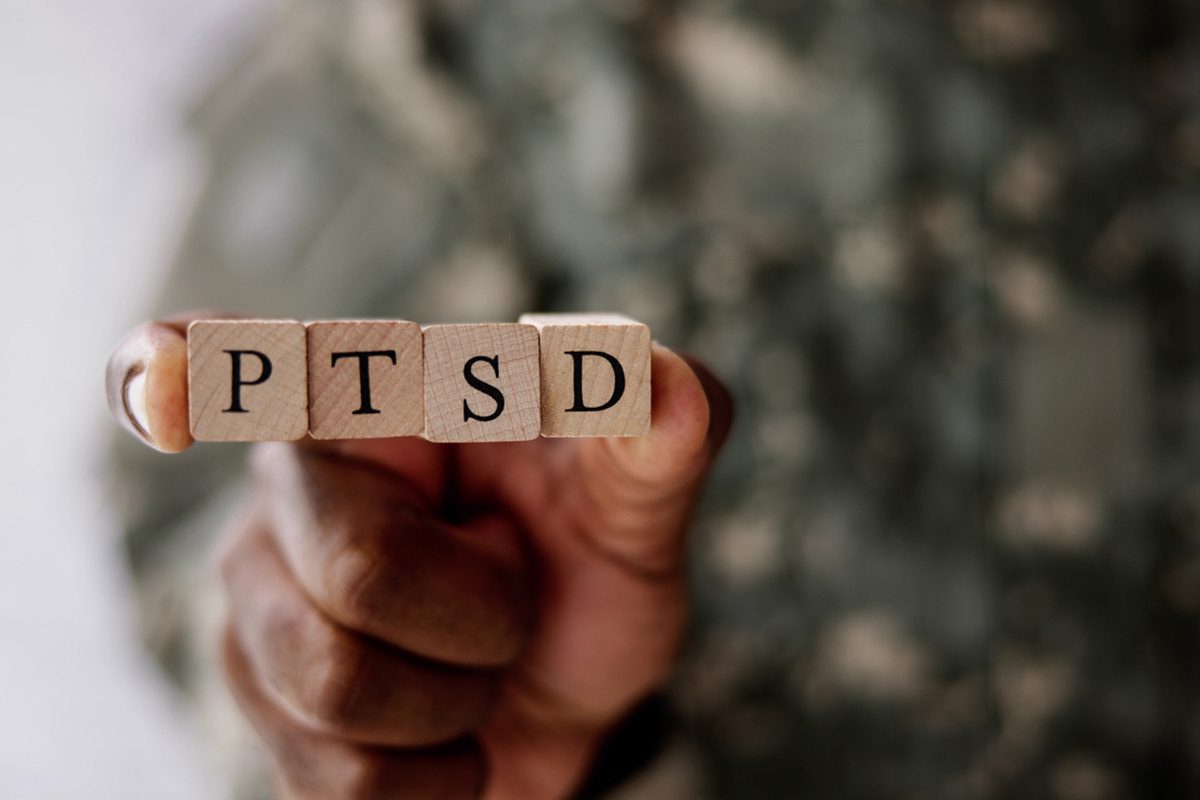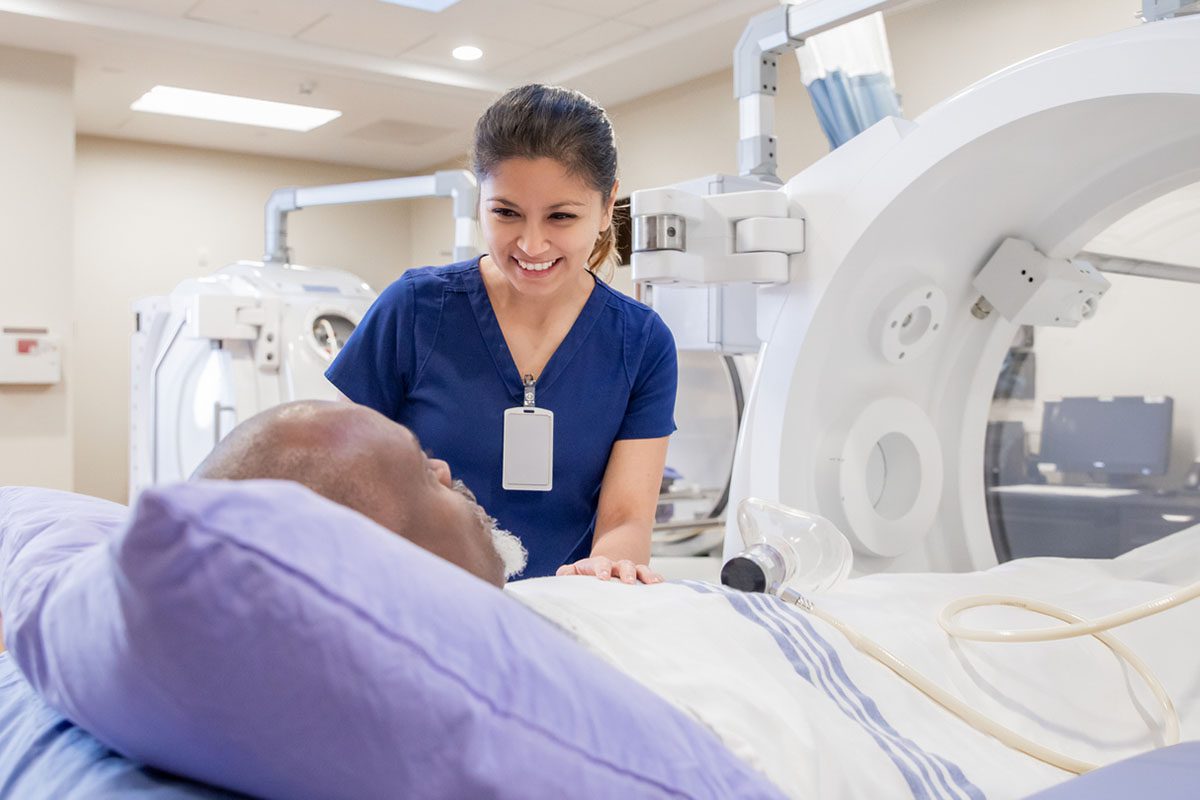Background: Posttraumatic stress disorder (PTSD) is a highly prevalent, disabling illness. Selective serotonin reuptake inhibitors (SSRIs) are considered first-line medication treatment, with sertraline, paroxetine, and fluoxetine being the most studied. More limited but favorable data suggest that citalopram, an SSRI, may also have a role in the treatment of PTSD. Its S-enantiomer escitalopram, which may have faster onset and greater magnitude of effect than citalopram in other conditions, has not yet been investigated in PTSD.
Objective: To assess the efficacy, safety, and tolerability of escitalopram in the treatment of PTSD.
Method: A 12-week, prospective, open-label trial of escitalopram was conducted from January 2003 through August 2004 in military veterans with PTSD. Escitalopram was initiated at 10 mg daily for 4 weeks, then increased to 20 mg daily for the remainder of the study. Concomitant psychiatric medications were discontinued at least 2 weeks prior to enrollment. The primary outcome variable was the change from baseline to endpoint in global Clinician-Administered PTSD Scale-Symptom version (CAPS-SX) score. Secondary efficacy measures included the Clinical Global Impressions-Severity of Illness (CGI-S) and -Improvement (CGI-I) scales, the Hamilton Rating Scale for Depression (HAM-D), and the Davidson Trauma Scale (DTS). Posttraumatic stress disorder and comorbid diagnoses were established using the Structured Clinical Interview for Diagnostic and Statistical Manual of Mental Disorders, Fourth Edition.
Results: Twenty-four of 25 patients were evaluated for efficacy. The mean global CAPS-SX score decreased from 79.4 (SD = 15.7) at baseline to 61.2 (SD = 24.7) at the end of the study (p = .0002). The CAPS-C avoidance/numbing and CAPS-D hyperarousal subscale scores decreased significantly from baseline to endpoint (CAPS-C, p = .0171; CAPS-D, p = .0001), with trend-level reductions observed in CAPS-B reexperiencing subscale scores (p = .0593). Forty-five percent of patients (9/20) were much or very much improved at the end of the study (CGI-I of 1 or 2). The HAM-D and DTS also significantly improved (p = .0063 and p = .0004, respectively). Mild to moderate gastrointestinal disturbances were the most common side effects. Only 4 patients discontinued early because of adverse effects.
Conclusions: This preliminary open-label study suggests that escitalopram is both efficacious and well tolerated in PTSD patients. However, randomized controlled studies are needed to confirm these results and to further define its potential role in the treatment of PTSD.
Please sign in or purchase this PDF for $40.00.




